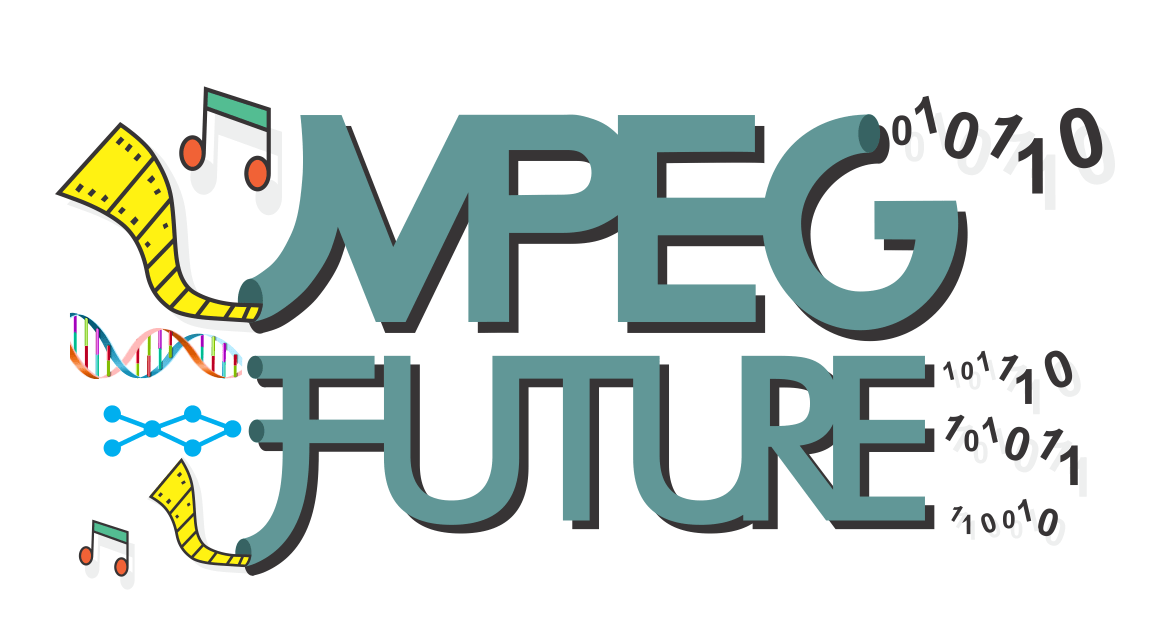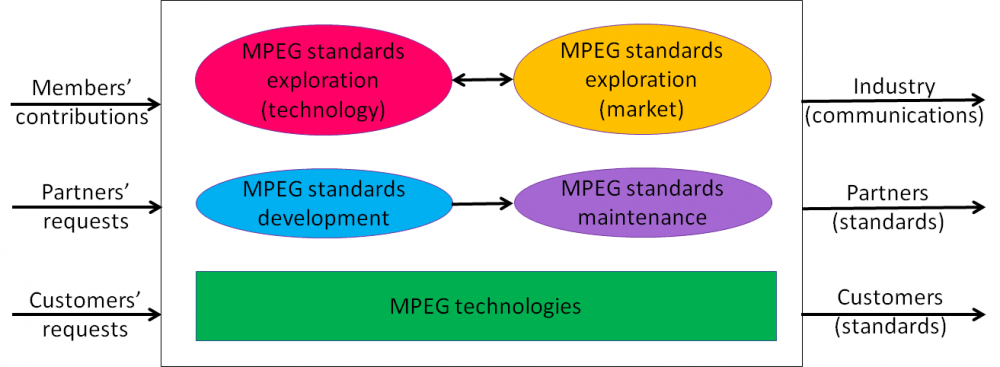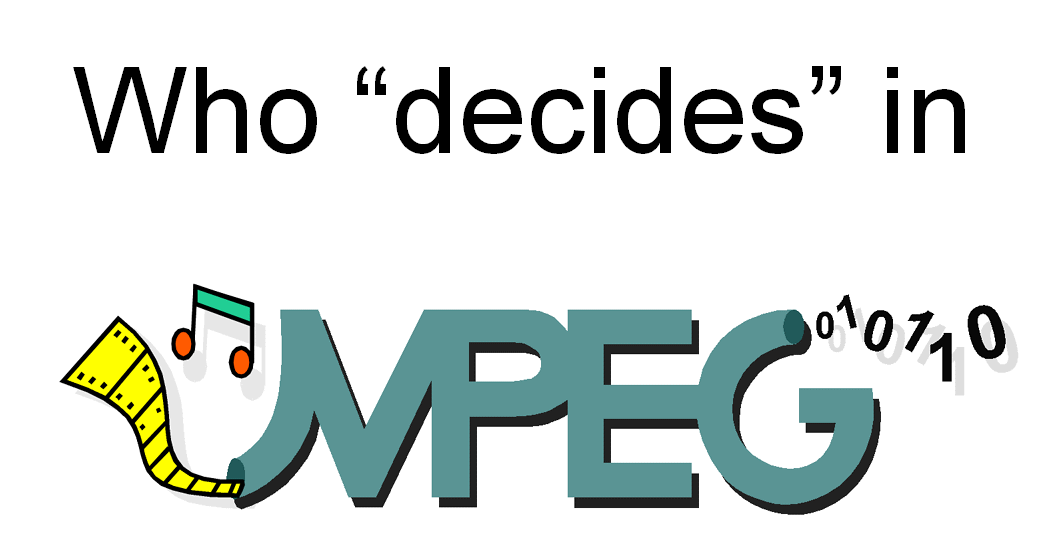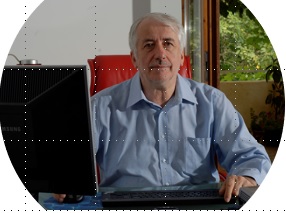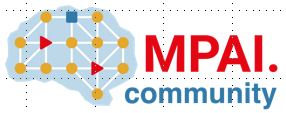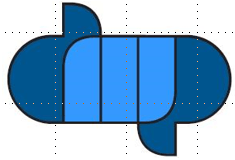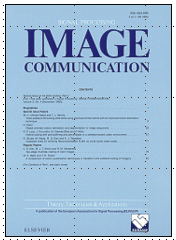More MPEG Strengths, Weaknesses, Opportunities and Threats
Introduction In its MPEG and JPEG as SCs proposal, MPEG Future proposes that MPEG become a subcommittee to improve collaboration with other bodies, establish a clear reference in ISO for the digital media industry, enhance group's governance and more. The obvious question to MPEG Future concerns MPEG’s adequacy for the new role. The first answer to this question is that, in its original proposal, the Italian National Body UNI has already carried out a SWOT (Strengths-Weaknesses-Opportunities-Threats) analysis. In No one is…
